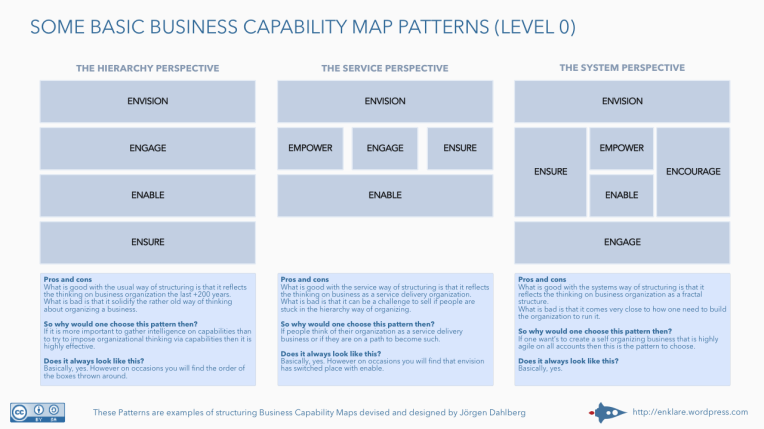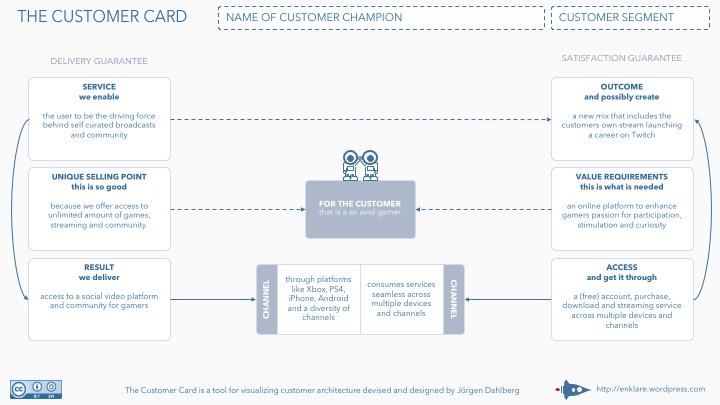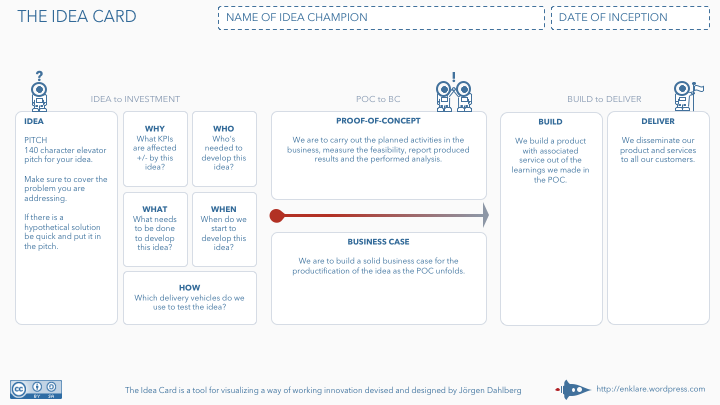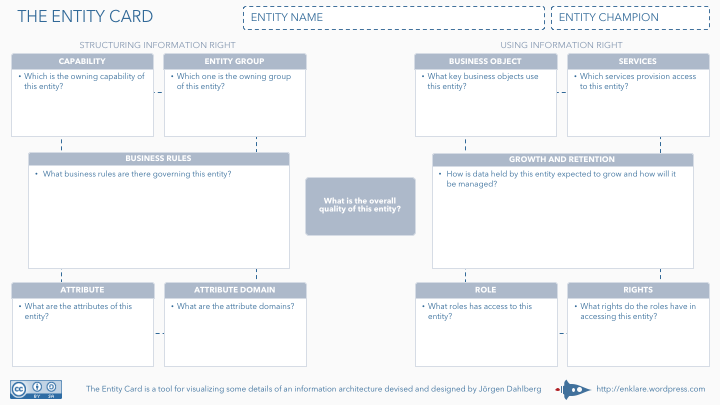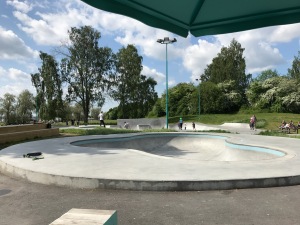
First of all throw away all those books about everything architecture, secondly delete all those special modeling tools, third forget any architecture courses, and finaly say no to architecture consultants. If you followed my advise so far then the next step is to tourist your business and all the things it depends on. Be sure to talk to people, see all the sights and take time to get into the the daily dealings of the residents. Would it be the case that you happen to pack a camera, notebook and a pencil, then by all means try to jot down some memorable moments. When the tour is done take some time to reflect on what you have experienced and all the things you saw. After this trip it is time to book some visits with people who can help you dig deeper into the understanding of the business. At these visits your task is to relate your understanding of what you saw during the big trip so that any missconceptions can be corrected, be sure to add into the story your reflections. If by chance you come out of this with a good understanding of all things your business then you can start architecting changes and designing solutions.


